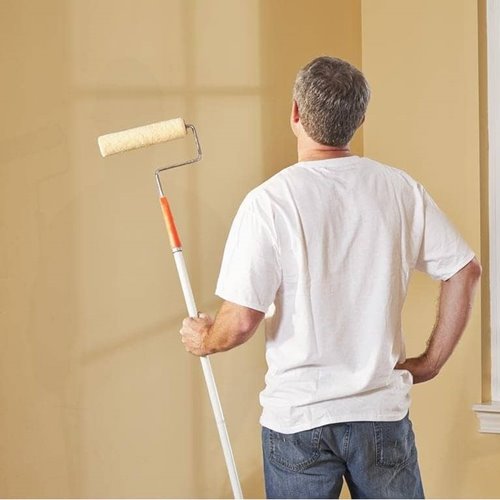You’ve psyched yourself up to paint your walls a new color. You’ve found the perfect shade of turquoise (okay, maybe beige). You had the paint mixed at your local store, and you are now ready to get started transforming your room.
But where do you start? If you’ve never painted a room before, the thought can be a bit overwhelming.
But where do you start? If you’ve never painted a room before, the thought can be a bit overwhelming.


